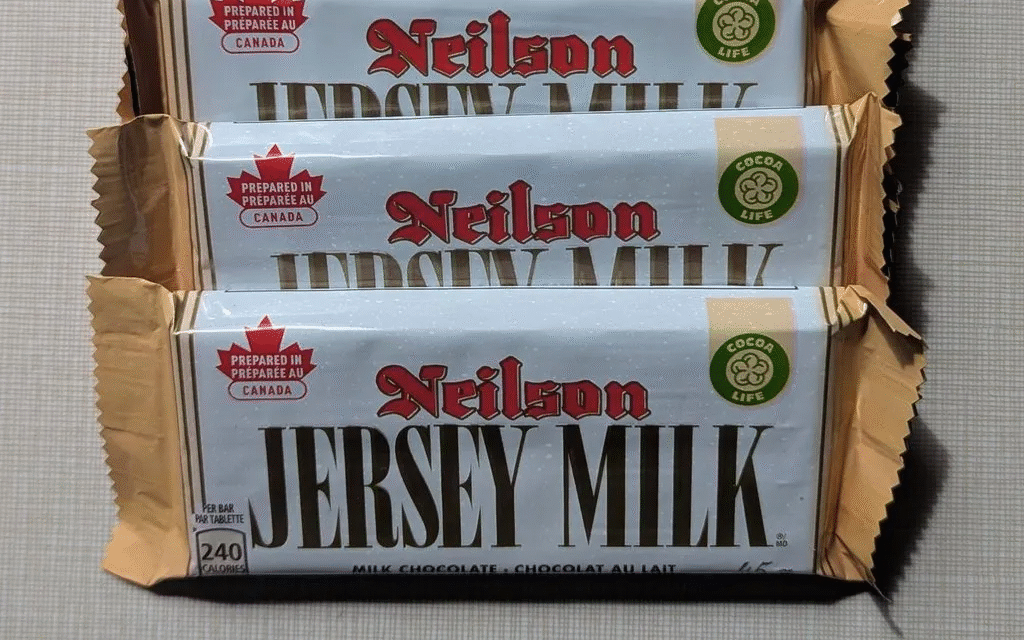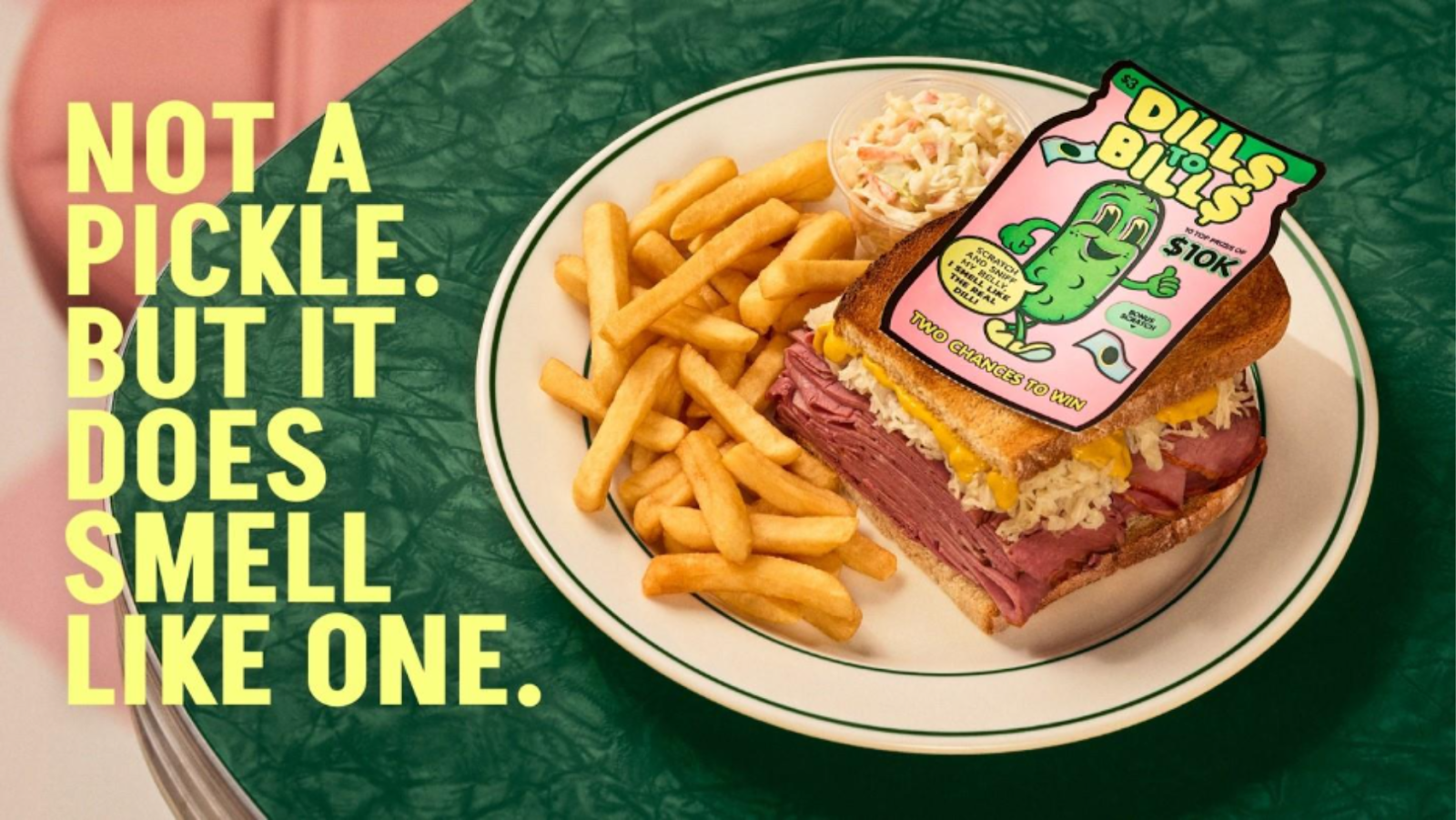For many Canadians, the taste of rich, creamy milk chocolate is a cherished comfort. A key reason why some chocolates achieve that silky texture and luscious flavor is Jersey milk — milk sourced from Jersey cows, known for its higher butterfat content and unique richness. But recent changes in the dairy industry have cast uncertainty over the future availability of Jersey milk. This has chocolate lovers wondering: What does the end of Jersey milk production mean for your chocolate fix?
In this blog, we’ll dive deep into what Jersey milk is, why it’s so special, the factors driving its decline, how this affects chocolate makers and consumers, and what you can expect in the evolving landscape of Canadian chocolate.
What Is Jersey Milk, and Why Is It Special?
Jersey milk comes from Jersey cows, a breed that produces milk richer in butterfat — typically around 5% or more — compared to the average 3.5% in regular dairy cows. This butterfat content is crucial because it contributes to the creaminess, mouthfeel, and depth of flavor in dairy products.
For chocolatiers, especially those crafting premium milk chocolates, Jersey milk has long been a secret weapon. It enhances the smoothness and gives chocolate a fuller, more indulgent taste that many consumers adore. Beyond taste, the higher fat content also improves texture and helps achieve the melt-in-your-mouth quality that defines excellent milk chocolate.
Why Is Jersey Milk Production Declining?
The decline of Jersey milk in Canada is a complex issue influenced by several factors:
- Economic Pressures: Larger dairy farms focused on volume production tend to favor Holstein cows, which produce more milk but with lower butterfat. This shift toward quantity over quality makes it harder for Jersey farmers to compete.
- Regulatory Changes: Dairy regulations and quota systems sometimes favor high-volume producers, putting smaller Jersey milk farms at a disadvantage.
- Market Dynamics: Consumer demand for cheaper dairy products can push the market away from specialty milks, although premium and artisanal markets are growing.
- Supply Chain Challenges: Maintaining separate supply chains for Jersey milk is more costly, leading some processors to consolidate their offerings.
As a result, many producers have stopped Jersey milk production or scaled back, leading to less availability for specialty uses like premium chocolates.
What Does This Mean for Chocolate Lovers?
The decline of Jersey milk impacts chocolate in several ways:
- Flavor and Texture Changes: Without Jersey milk’s high butterfat, chocolate makers may need to adjust recipes. The classic creamy richness may be harder to achieve, potentially altering the taste and mouthfeel.
- Ingredient Substitutions: Some chocolatiers may blend standard milk with cream or experiment with milk powders to mimic Jersey milk’s qualities, but these workarounds aren’t always perfect.
- Price Fluctuations: Sourcing high-quality milk or specialty dairy ingredients can be more expensive, possibly leading to price increases for premium chocolates.
- Innovation and Alternatives: The dairy shortage encourages innovation. Some chocolatiers are experimenting with plant-based milks or novel dairy blends to create new chocolate experiences.
Despite these challenges, many Canadian chocolatiers remain committed to quality. They understand the importance of preserving the classic taste and are finding creative ways to adapt.
The Rise of Alternative Ingredients and Plant-Based Chocolates
Alongside dairy challenges, the growing popularity of plant-based diets has encouraged chocolate makers to explore alternatives. Oat milk, almond milk, and coconut milk are becoming common in dairy-free chocolates. While these don’t replicate Jersey milk’s creaminess exactly, they offer exciting new flavors and textures.
This diversification means that whether you prefer traditional milk chocolate or are looking for vegan options, there’s something new on the horizon.
Supporting Canadian Chocolate and Dairy Producers
As the industry evolves, supporting local producers is more important than ever. Canadian chocolatiers like Purdys Chocolatier have expanded their availability recently by selling in grocery stores outside their flagship locations, helping more Canadians enjoy premium chocolates made with local ingredients.
By choosing Canadian chocolate brands, consumers help sustain farmers and artisans through this period of change. It’s a great way to support quality, craftsmanship, and Canadian heritage.
If you want to explore more about Canadian food culture and how local favorites are celebrated, check out how Canada Day festivities kick off with a poutine feast and live music. It’s a wonderful example of how food traditions bring communities together.
Similarly, food giants are evolving too. McDonald’s Canada recently introduced global menu items and brought back pizza, showing how brands adapt to new tastes and preferences
What Does the Future Hold?
The end of Jersey milk production is bittersweet. On one hand, it signals the loss of a beloved ingredient that has defined Canadian milk chocolate’s taste. On the other hand, it drives innovation and forces the industry to rethink how chocolate is made.
In the coming years, we can expect:
- New blends and formulations are aiming to recreate or even improve on traditional milk chocolate textures.
- Increased availability of plant-based and hybrid chocolates catering to evolving consumer preferences.
- More emphasis on sustainability, local sourcing, and transparency in ingredient origins.
- Greater consumer awareness about the complexity of food production and the value of supporting local producers.
Final Thoughts
Jersey milk has been a quietly essential part of Canada’s chocolate heritage. Its decline represents a significant shift but also opens exciting opportunities for creativity and change. Whether you’re a traditionalist who loves the classic creamy taste or an adventurous eater eager to try new chocolate varieties, the industry is adapting to ensure your chocolate fix remains satisfying.
By staying informed and supporting Canadian producers, you help keep the spirit of quality chocolate alive, no matter what the future of milk brings.











